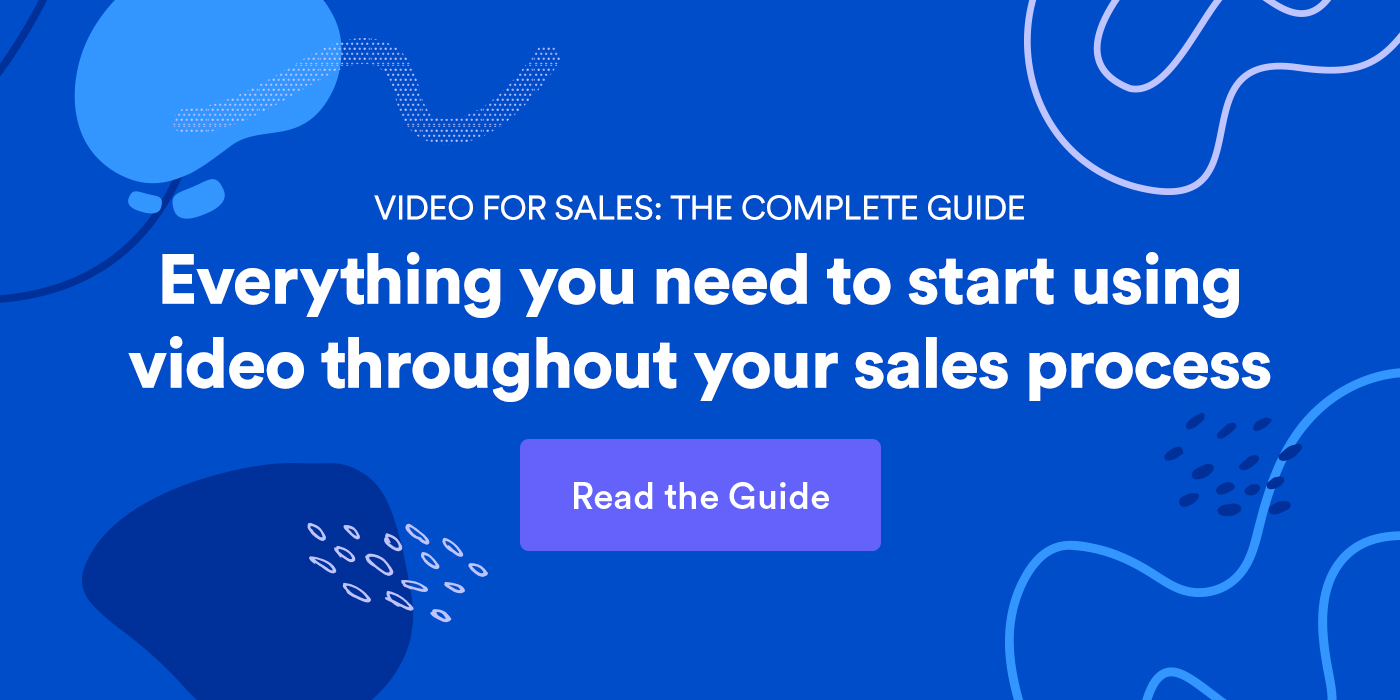With the changing behaviours of today’s buyers and the availability of new technologies, sales development is becoming a sophisticated business function that takes a strategic approach to identifying and developing new sales opportunities based a wide range of buying signals and sales engagement techniques. On average, SDRs use six different tools. And the days of SDR teams inheriting tech from the broader sales and marketing teams—such as customer relationship management (CRM), email automation, and social listening—and adapting them to meet their unique requirements for scalable sales prospecting are quickly coming to an end. This is being fueled by sales engagement platforms like Outreach, SalesLoft, InsideSales.com and others opening up integration points to allow other apps and tools to plug in. In essence, this means that an SDR can send an email, connect on social, make a phone call, send a personalized video, initiate a direct mailer, or even start up a chat conversation all from within a single application, thanks to various third party app integrations. Implications for B2B sales teams The rise of the SDR tech stack has many implications for today’s B2B sales teams, both in how we empower our reps and what we need to expect from our sales leaders. Automation vs. personalization: Automation and personalization are both critical for today’s SDRs, and new technologies are helping on both sides of the equation. But the promise of the new sales tech stack is to create a step-function change in performance across your team by bringing the top tools together in a way that is easy and efficient for any new rep to adopt. The “next action” has evolved to include video: Most sales teams are familiar with email, phone and social as the primary “next actions” for trying to engage a potential buyer. To stay on top of what’s happening in the world of sales development tech, follow these super smart people who are also very generous in the content and knowledge they share online: And to learn more about adding video to your sales prospecting, check out The Definitive Guide to Video for Sales.
Sales development is one of the most important and under-appreciated functions in growth-oriented B2B companies. It’s also one of the most exciting when it comes to the evolution of technology and AI.
This has never been more apparent than in March 2019 when Outreach and SalesLoft, hosted their annual conferences Unleash and Rainmaker—bringing together more than 2,000 members of the sales development community to discuss the latest trends and innovations in this burgeoning market.
|
|
These events made it clear that new technologies are transforming sales prospecting and what it means to be a sales development rep (SDR). These days, SDRs do a lot more than simply“smiling and dialing” (and emailing) 10 hours a day hoping to bring in a few more leads. In fact, the average SDR is responsible for 12.3 deals per quarter.
With the changing behaviours of today’s buyers and the availability of new technologies, sales development is becoming a sophisticated business function that takes a strategic approach to identifying and developing new sales opportunities based a wide range of buying signals and sales engagement techniques.
On average, SDRs use six different tools. And the days of SDR teams inheriting tech from the broader sales and marketing teams—such as customer relationship management (CRM), email automation, and social listening—and adapting them to meet their unique requirements for scalable sales prospecting are quickly coming to an end.
Rise of the SDR tech stack
We’re now witnessing the rise of a sales development tech stack that is built from the ground up to help SDRs connect with more prospects, build more meaningful relationships, and book more meetings—and to do it all at scale.
The real power in this new tech stack is its focus on both automation and personalization, two forces that have traditionally been at odds with each other in the worlds of sales and marketing. Automation drives scale and efficiency while personalization creates relevance and…

COMMENTS